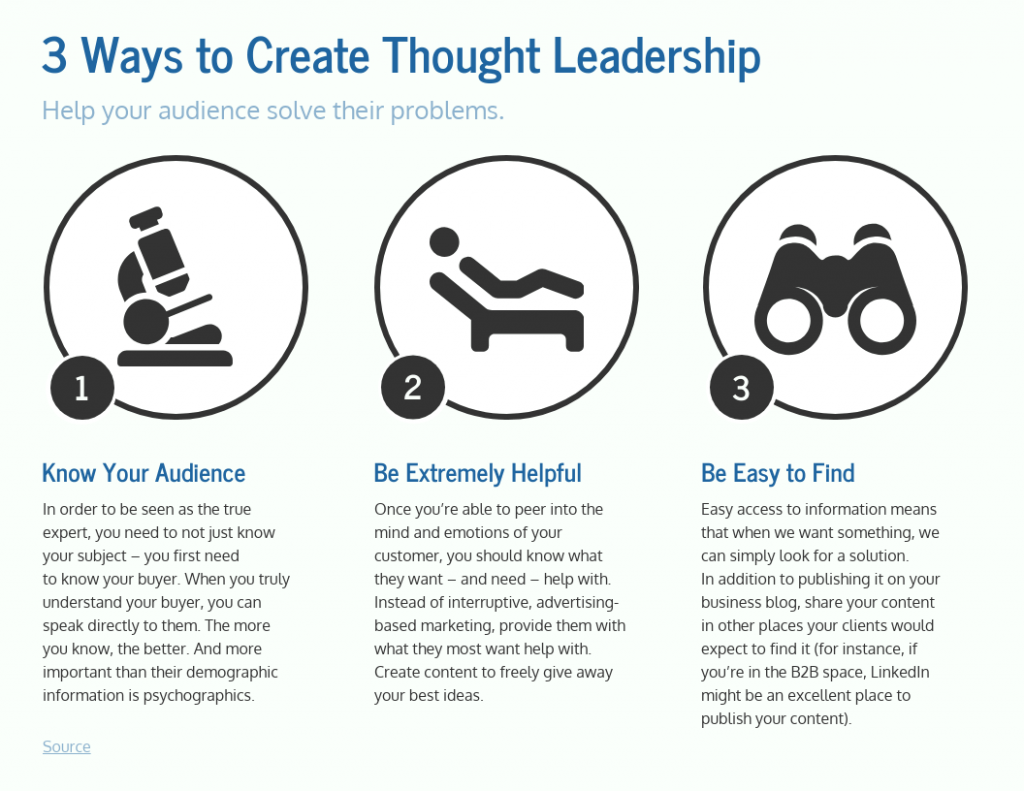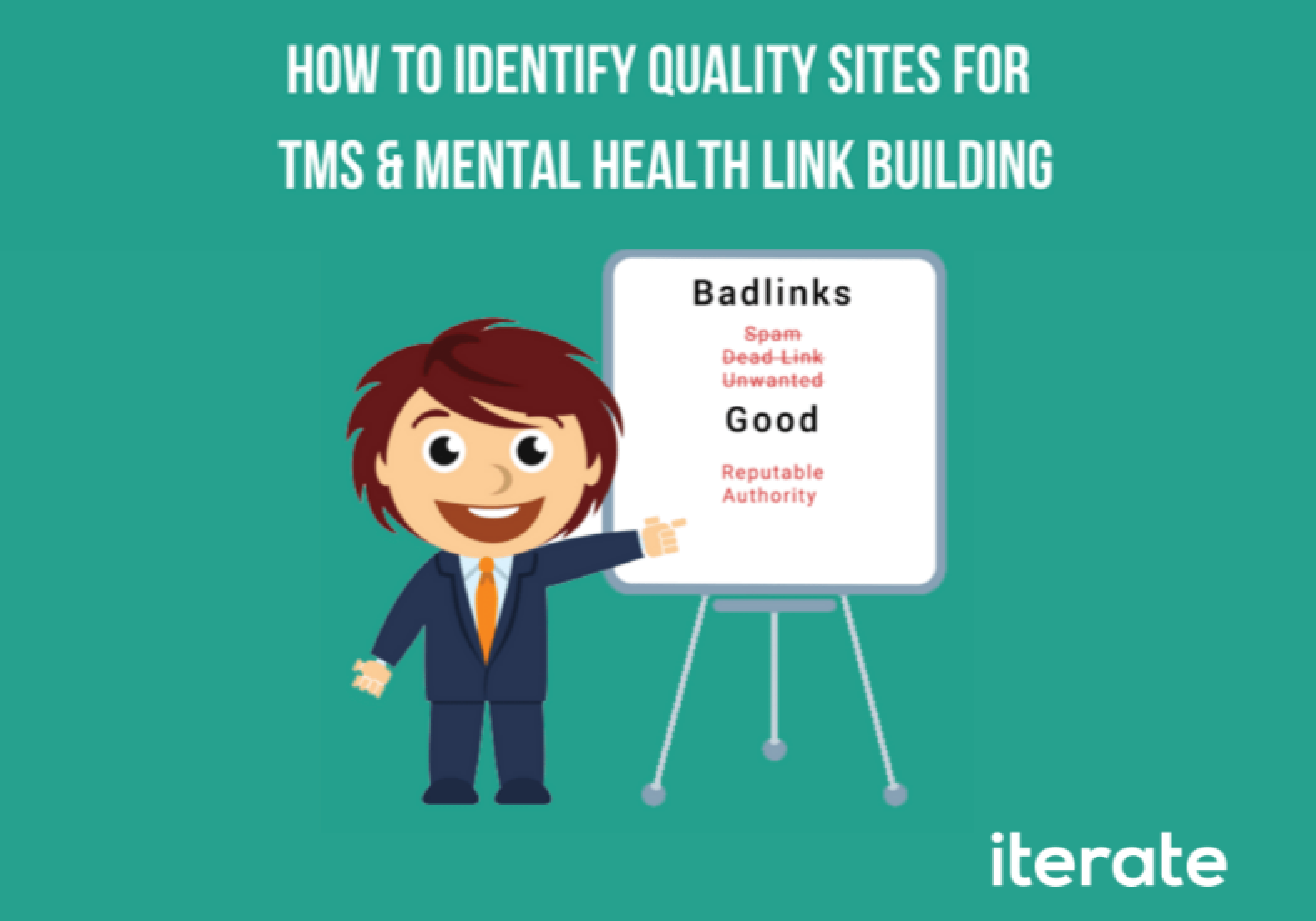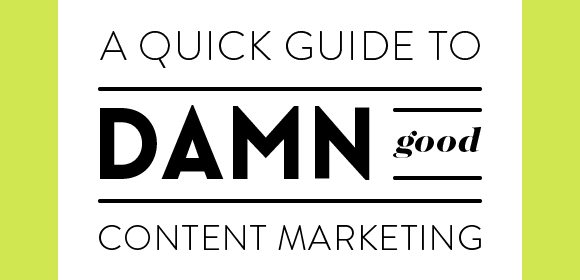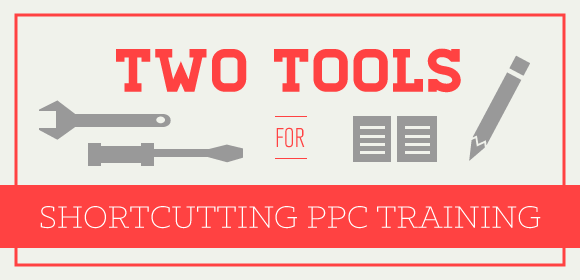In a world of well-informed customers, publishing high-quality content has become the priority. However, how do you manage to cut through the noise and earn the attention of your target audience? The answer: By consistently publishing thought leadership content.
In this article, we’ll take you through the ever-growing importance of publishing thought leadership content, how it fits into your content marketing strategy, and how to divert your focus to the right place with the concept of E-A-T (expertise, authority, and trustworthiness).
Let’s get started.
What Does It Mean to be a “Thought Leader?”
A thought leader is an individual (or a brand) who is known for answering the difficult questions, providing authentic advice, sharing their unique point of view on hot topics, and/or coming up with original ideas – usually through great content creation.

Image Source: Venngage
As illustrated above, thought leadership boils down to:
- Knowing Your Audience – a true thought leader understands their target audience (their pain-points, preferences, values, and/or aspirations).
- Being Super Helpful – great thought leaders go the extra-mile and put the interests of their target audiences above their own.
- Be Easy to Find – last, but not least, promoting your content and solutions on different platforms (especially LinkedIn, if you’re in the B2B space) is important.
By establishing thought leadership, you’ll be able to create champions for your brand, resulting in increased brand awareness and more potential customers headed your way.
How to Craft and Publish Thought Leadership Content? Enter: E-A-T
E-A-T (or Expertise, Authority, Trustworthiness), is a concept that was first introduced in Google’s Search Quality Evaluator Guidelines.
According to these guidelines, all websites, especially those that could impact the wealth, health, and/or happiness of their followers (known as “Your Money or Your Life” pagesor YMYL for short), should focus on E-A-T by:
- Demonstrating and proving their expertise in their domains
- Establishing authority by publishing top-level content and promoting it on different platforms
- Making active efforts to appear more trustworthy
If you think about it, this applies to thought leadership content – be it a long-form article/guest post, an infographic, podcast, whitepaper, or any other type of content.
Establishing E-A-T through Thought Leadership Content
Besides the actual content creation, the way you present and promote your thought leadership content can go a long way in establishing E-A-T.
Let’s dissect everything, one step at a time:
- Communicating Expertise
The first step is to establish yourself as an industry expert and business leader by leveraging your content.
You can do that by:
Focusing on the Depth of Your Content
Instead of worrying about length and hitting a specific word count on your articles, focus more on depth.
Here’s what it means:
- Provide Actionable Tips – instead of just saying “do X to achieve Y,” explain how to effectively execute “X” to get to “Y.”
- Support with Examples – wherever possible, try providing examples to get the point across.
Going that extra-mile could help you gain that competitive edge.
Answering Difficult Questions
As highlighted earlier, a thought leader strives to address difficult-to-answer questions.
While we can’t teach you to answer these questions, we can tell you how to identify these opportunities and gaps.
Here are a few tips:
- Use New Tools – tools like Exploding Topics, Answer The Public, and KeywordTool.io, can help you uncover new content topics.
- Talk to Your Target Audience – what questions does your target audience usually ask? What are their pain-points and concerns? If you have a sales and/or customer service team, ask for data.
Again, all of this boils down to understanding your target audience.
Finding New Angles to Cover Topics
Last, but not least, a sure-fire way of establishing your expertise is by providing new perspectives on popular topics within your industry.
Essentially, you’ll have to become an influencer and eventually get to a point where you can ignite industry trends.
- Establishing Authority
The next step is to establish yourself as the go-to authority for anything related to your niche.
Here are a few tips to do that:
Investing in Creating Linkable Content
The more websites that link back to you, the more perceived influence you’ll achieve in the eyes of search engines and users.
A sure-fire way of doing that is by creating linkable content i.e. assets that:
- Provide Data – if you conduct original research and share your findings, others are likely to link back to you to support their own points of view.
- Are In-Depth – to reiterate, this refers to content that dives deep and covers everything in great depth (such as guides, tutorials, etc.).
Furthermore, having a good number of links can also make you seem more trustworthy.
Writing for Other Websites
Contribute to other websites, especially the popular ones, such as Forbes, Entrepreneur, Business Insider, or any industry-specific platforms.
Additionally, try to get featured in major publications like The New York Times, The Wall Street Journal, etc.
For starters, Help A Reporter (HARO) can connect you with journalists and kickstart this journey.
Repurposing Content/Making it “Shareable”
The easier it is to share your content, the more likely you are to get more coverage.
More specifically, try to convert your best-performing content assets into suitable formats and share them on different platforms.
For instance, if you have a small blog post, you can turn it into an infographic and share it on Pinterest.
Similarly, you could also turn it into a video and share it with your YouTube subscribers.
- Building Trustworthiness
Finally, you’ll need to give your target audience a reason or two to trust your brand.
As far as thought leadership content is concerned, you can do that by:
Linking to Other Trustworthy Sources
Apart from inbound links, the external links on your content also play an important role.
Not only do they help search engines better understand your niche and what you’re talking about, but also add a layer of credibility to your content.
Having Detailed Author Bios
This may seem like a strange piece of advice, but Google actually encourages adding detailed biographies of content authors (especially on YMYL websites).
Doing so helps users and search quality raters learn more about your background and determine if you’re qualified enough to talk about the topic at hand.
Here are a few things that you should definitely include in your author bio:
- Relevant credentials (if any)
- Years of experience in your field
- Relevant achievements (if any)
- Links to your social media accounts (Twitter, LinkedIn, etc.)
Ending Note
While the actual purpose of E-A-T is far more complicated, following its basic principles can help you create and publish high-level thought leadership content.
It may be a slow and excruciating process, but by keeping the above pointers in mind while crafting/tweaking your content strategy, you’ll get there.
Remember – if everyone were doing it, there would be no point in being a thought leader.





